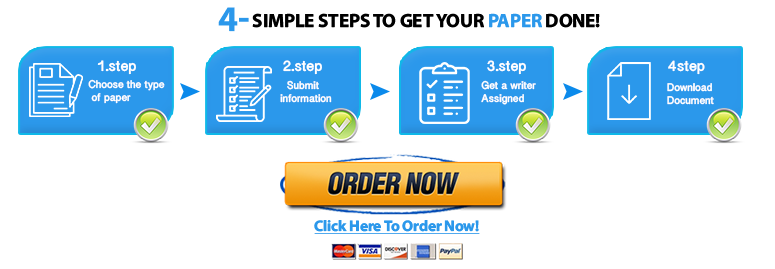Data Collection & Unit Conversions
Unit 4 Lab Assignment
Data Collection & Unit Conversions
Part 1:
To complete this lab you must first collect data by interviewing friends, family, coworkers, neighbors, etc. You can conduct these interviews via personal visit, phone call, social media, however you choose. Interview four subjects to complete the conversion table below.
Ask your subjects the following questions:
1. What is your height?
2. Approximately how much do you weigh? If you prefer not to give your weight, how much does your bag (purse, back pack, lunch bag, etc.) weigh?
3. What is the furthest you have ever traveled from your home (in distance)? (This can be approximated using an online mapping service e.g., Google Maps™, MapQuest™)
IMPORTANT NOTE! Be sure to ask and then record the units of measurement your subject reports for each answer.
Next you must convert this data into different forms of measurement:
· Height in feet, inches and centimeters
· Weight in kilograms and pounds
· Distance in miles, yards, and meters
Be sure to show your work and the equations used in making these conversions. Note that not only will partial credit be given for answers given without formulas used, but partial credit will be given for any incorrect answers where the correct formula was applied. At a minimum, show the correct formula used for each type of conversion.
Report your collected data and conversions in the table on the following page.
Part 2:
After completing the computation work, answer the following examination question:
1. Would a change from our current imperial system of measurement to the Metric system be beneficial to the United States? Why or why not?
2. What challenges would the United States face if we did switch from our current imperial system of measurement to the metric system? Please discuss with details and supporting evidence.
3. Identify one specific job the requires frequent measuring such as a chef, architect or other profession. Analyze how a change from the imperial system that we use now to the metric system would impact their job. Be specific. Also address these three key points.
a. How would people in this job need to communicate differently?
b. In what ways would business equipment or tools be impacted?
c. How would previous work-related materials be impacted? In what other ways would the business have to change?
| Data | Height in inches | Height in centimeters | Weight in kilograms | Weight in pounds | Distance in miles | Distance in yards | Distance in meters |
| Subject 1 | |||||||
| Subject 2 | |||||||
| Subject 3 | |||||||
| Subject 4 |
Show your work here:
Every day you use measurements in routine activities: you pay for gas by the gallon, buy food by the pound, and measure your trips by the mile. Sometimes though, you are given measurements in units that are not in the system or unit that you are most accustomed to using. When this occurs, system and unit conversions are necessary. Fortunately, formulas have been developed to assist you in making these conversions easily.
You may utilize this resource to assist you with unit conversions:
· Watch Unit Conversions using the Multiplication Method, a Purdue University Global Science Center Resource:
Source: Purdue University Global Science Center. (2018). Unit conversions using the multiplication method. Retrieved from


